Photographing Cormorants with the Tamron 150-600mm VC
Over the past week or so I’ve been out taking a lot of images to prepare for my upcoming review of the Tamron 150-600mm VC lens. At this point it looks like my review will be completed and up for Photography Life readers to see at the end of June.
In advance of the full review I thought another very short article with a few more sample images may be of interest. This article has some photos of cormorants taken at a large nesting colony that is located just off Eastport Drive adjacent to the Hamilton harbor in Ontario. This is a favorite photo site of many area bird photographers. In this area you can also find black-crowned night herons, a wide variety of gulls, the occasional swan, and if you scan for small, fast moving birds…you can also spot the odd kingfisher.
The following images were all taken this morning with the Tamron 160-600 VC with my Nikon D800. If you’re like me when I first started out trying to photograph birds it was a major accomplishment just to get a large bird like a cormorant centered in the frame with a decent exposure…as in the following image:
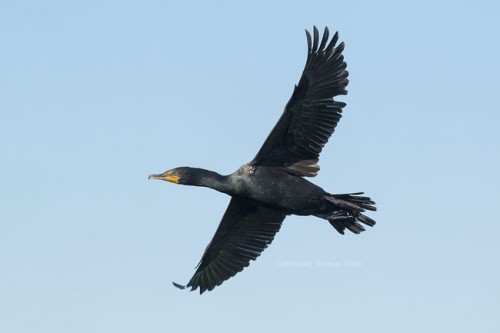
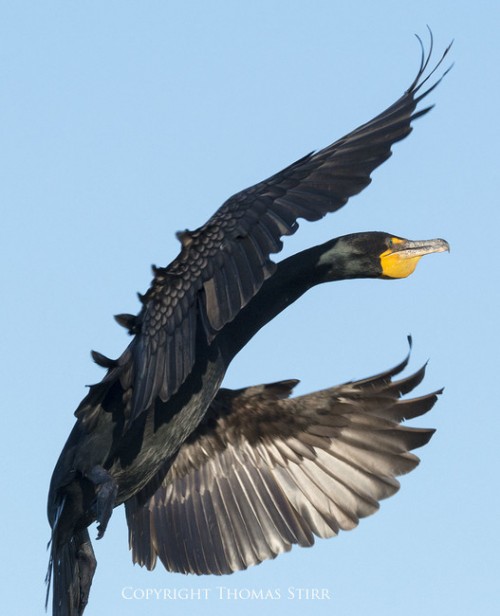
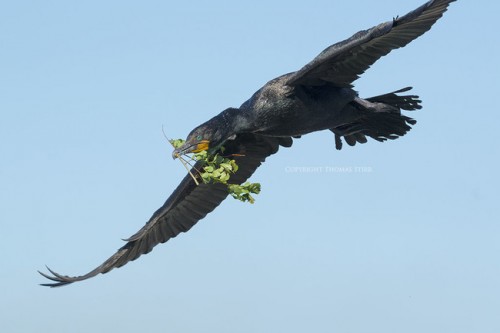
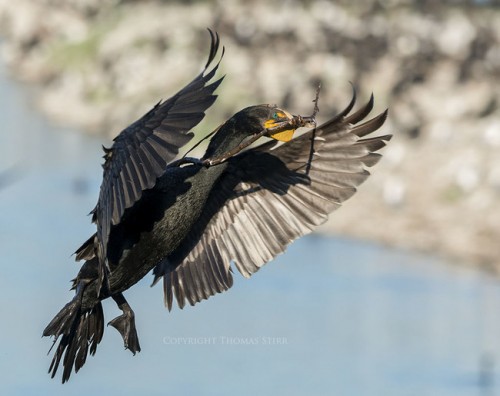
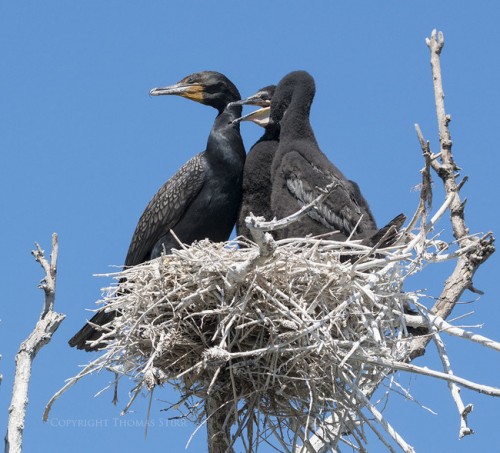
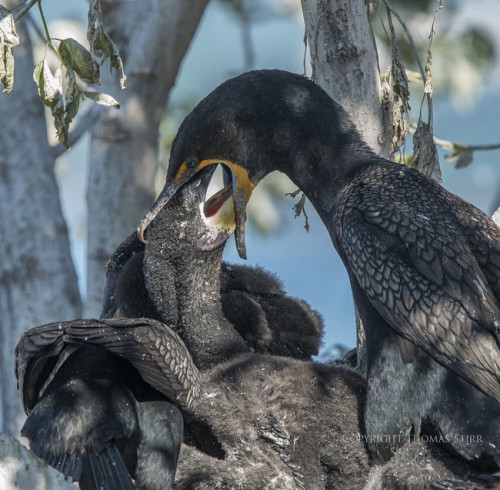
YouTube link here
Here’s a few shooting tips that you may find useful if you visit the cormorant colony on Eastport Drive by Hamilton harbour…or when photographing birds/cormorants in general.
Try to plan your visit so you are not shooting into the sun. This is a killer, especially when shooting dark coloured birds like cormorants. A visit to the Hamilton cormorant colony is best done in the morning.
Birds are creatures of habit and they will typically use the same approach to their nests. This will help you determine a good shooting position and pick out individual flying birds that are likely to land on the tree on which you are focusing.
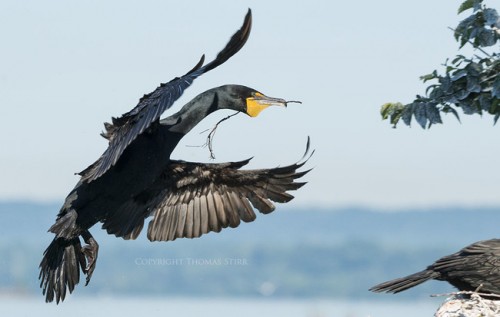
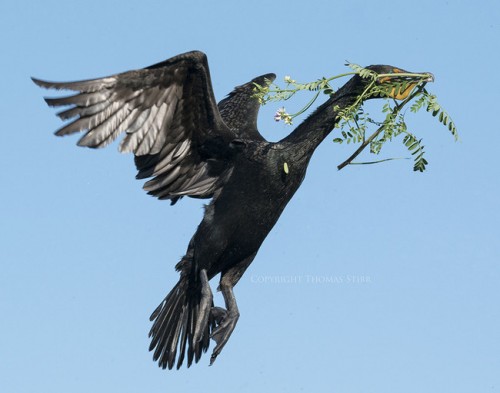
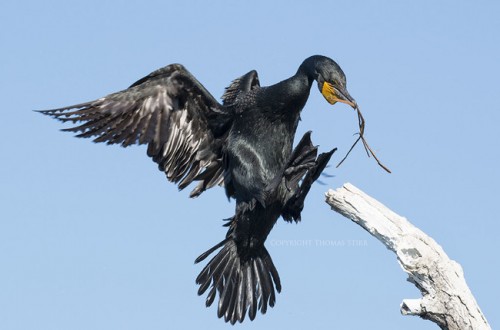
If you are in tight quarters where birds appear quickly, it can be helpful to pre-focus on the approximate area where you are planning to take an AF-C burst. This will often help your camera acquire focus faster and lead to more successful bursts.
Watch Photography Life at the end of June for my full review of the Tamron 150-600mm VC lens.



.gif)





